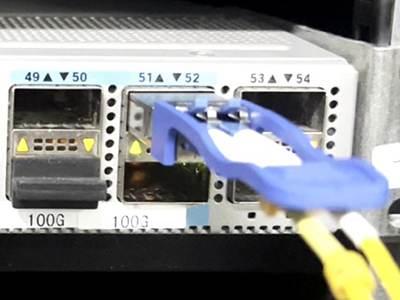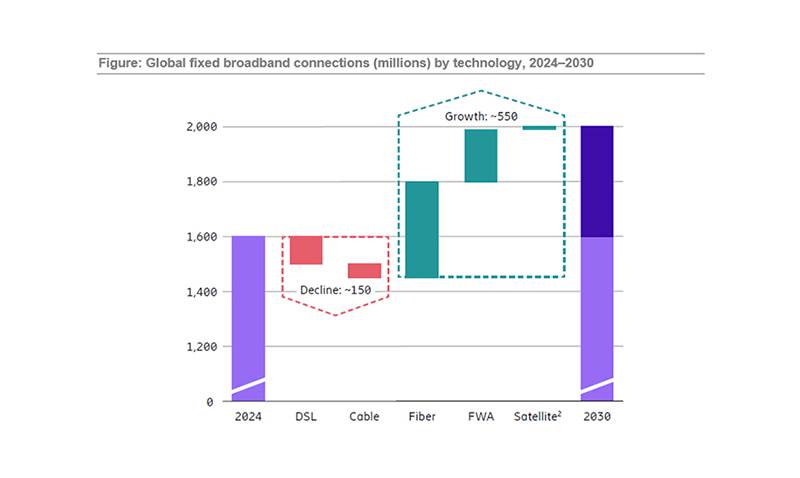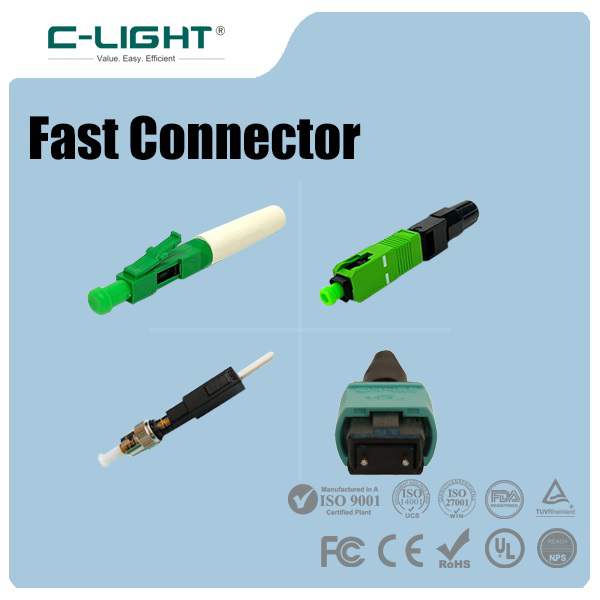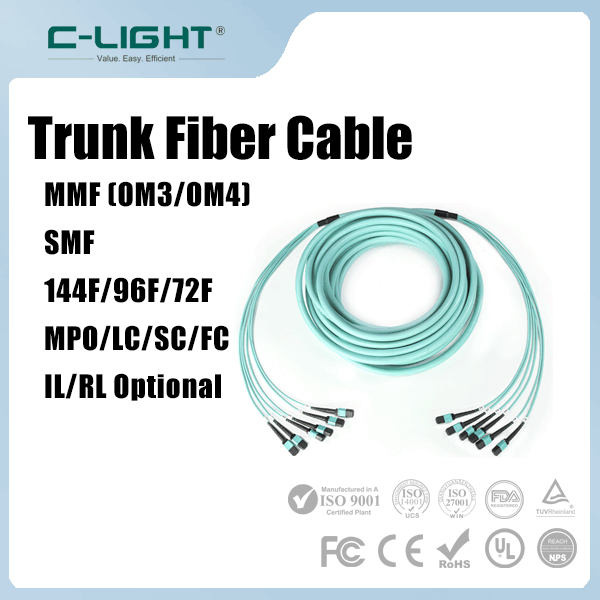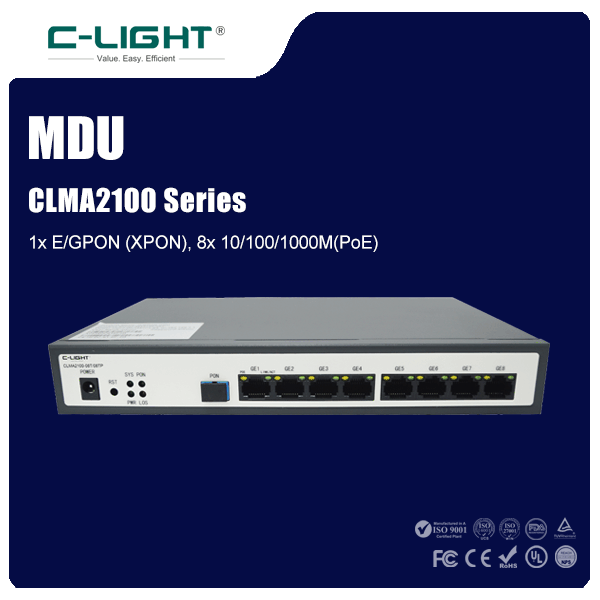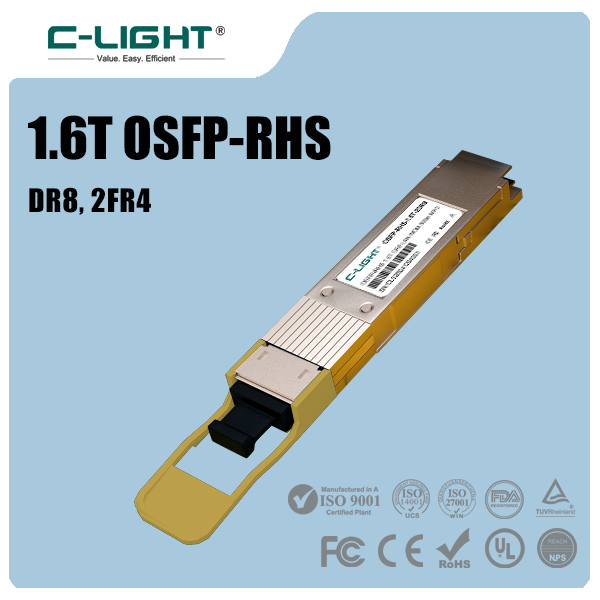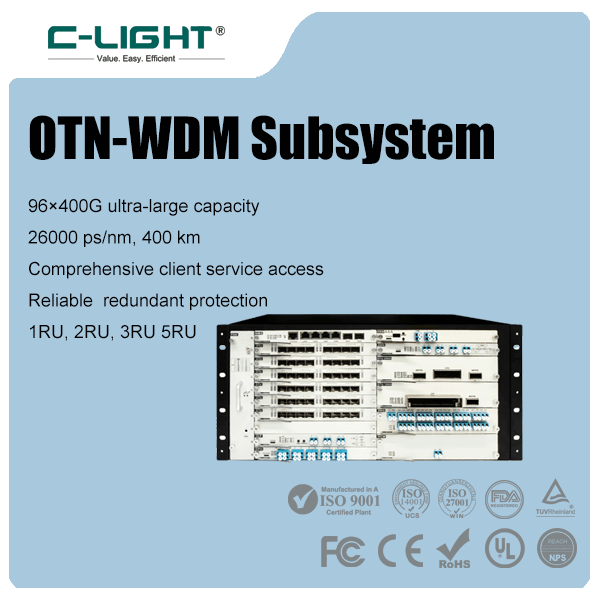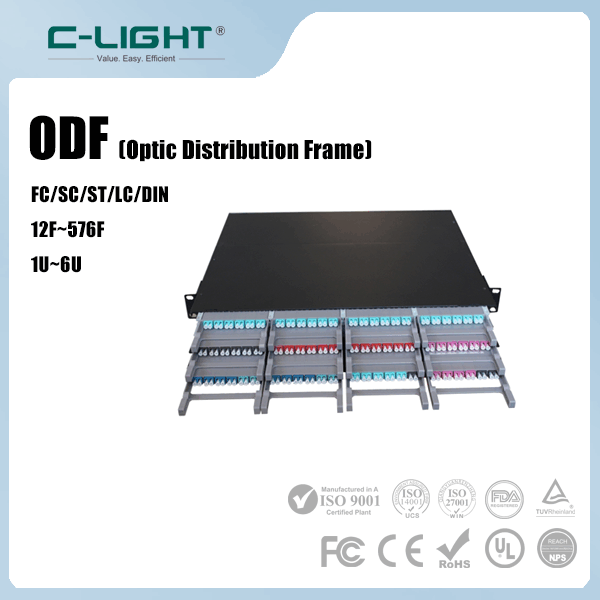What is the BIDI SFP module? It uses WDM (Wavelength Division Multiplexing) two-way transmission technology to achieve bidirectional transmission in an optical channel simultaneously on one fiber.It has only one port for transmitting and receiving signals on a single fiber optic cable through an integrated two-way coupler. Therefore, it must be paired.
How does the BIDI SFP module work? In order to work efficiently, BIDI SFP modules must be paired to achieve bidirectional transmission of data by tuning the duplexer to match the desired wavelength of the transmitter and receiver.
What is the difference between SFP and BiDi SFP ? As is well known, a common SFP module usually has two ports, one for the TX port to transmit signals and the other for the RX port to receive signals. Unlike common SFP modules, the BiDi SFP module has only one port that uses an integral WDM coupler to transmit and receive signals on a single fiber.
Why choose to use BiDi SFP?
(1) The BiDi SFP module integrates a duplex data link through a single fiber. It can reduce the cost of fiber cabling infrastructure. As the bundle is cut in half, the number of jumpers and patch panel ports can be reduced accordingly.
(2) Using BiDi SFP modules, it is possible to increase the capacity and reliability by operating at multiple wavelengths simultaneously.
(3) It supports transmission distances up to 120 km.
BIDI SFP connection method
For BiDi SFP, because it uses different wavelengths to transmit and receive signals, (security weak current ring) we should connect two BiDi SFPs with opposite wavelengths together. For example, we use the TX1310/RX1550nm BiDi SFP on one end, then we should use the TX1550/RX1310nm BiDi SFP on the other end.
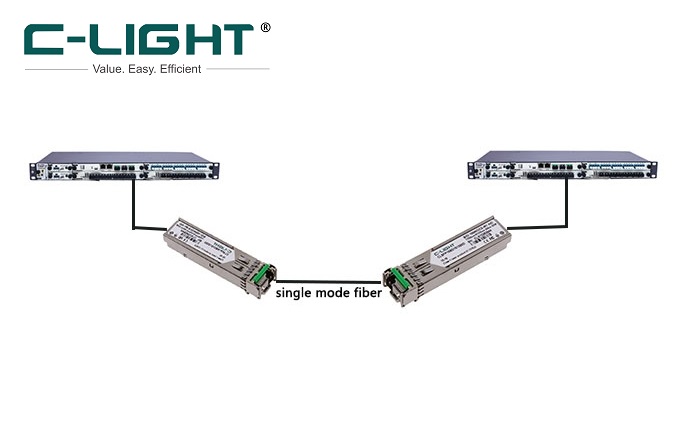
Application of BiDi SFP
BIDI SFP modules are usually applied to high-performance integrated duplex data links through a single fiber. If the transmission distance is within 40km, the wavelength scheme of BIDI SFP modules is 1310nm/1550nm, 1310nm/1490nm. If the transmission distance is above 40km, the wavelength scheme of the BIDI SFP module is 1550 nm/1490 nm.
Currently, BiDi SFP is mainly used for fiber-to-the-home deployment of P2P (peer-to-peer) connections. An FTTH/FTTB active Ethernet network consists of a central office (CO) connected to a client device (CPE). BiDi SFP allows for two-way communication on a single fiber using wavelength division multiplexing, which makes CO and CPE connections simpler.
Conclusion:
The deployment of BiDi transceivers effectively enhances the bandwidth capacity of existing fiber infrastructure and contributes to the economic and reliable performance of optical networks.By specializing in design, C-Light provides customers with one-stop optical network devices and Cost-effective optical communication products,supplying a range of SFP optical module products. For more details, please visit the official website of C-LIGHT.
 TEL:+86 158 1857 3751
TEL:+86 158 1857 3751 
















































